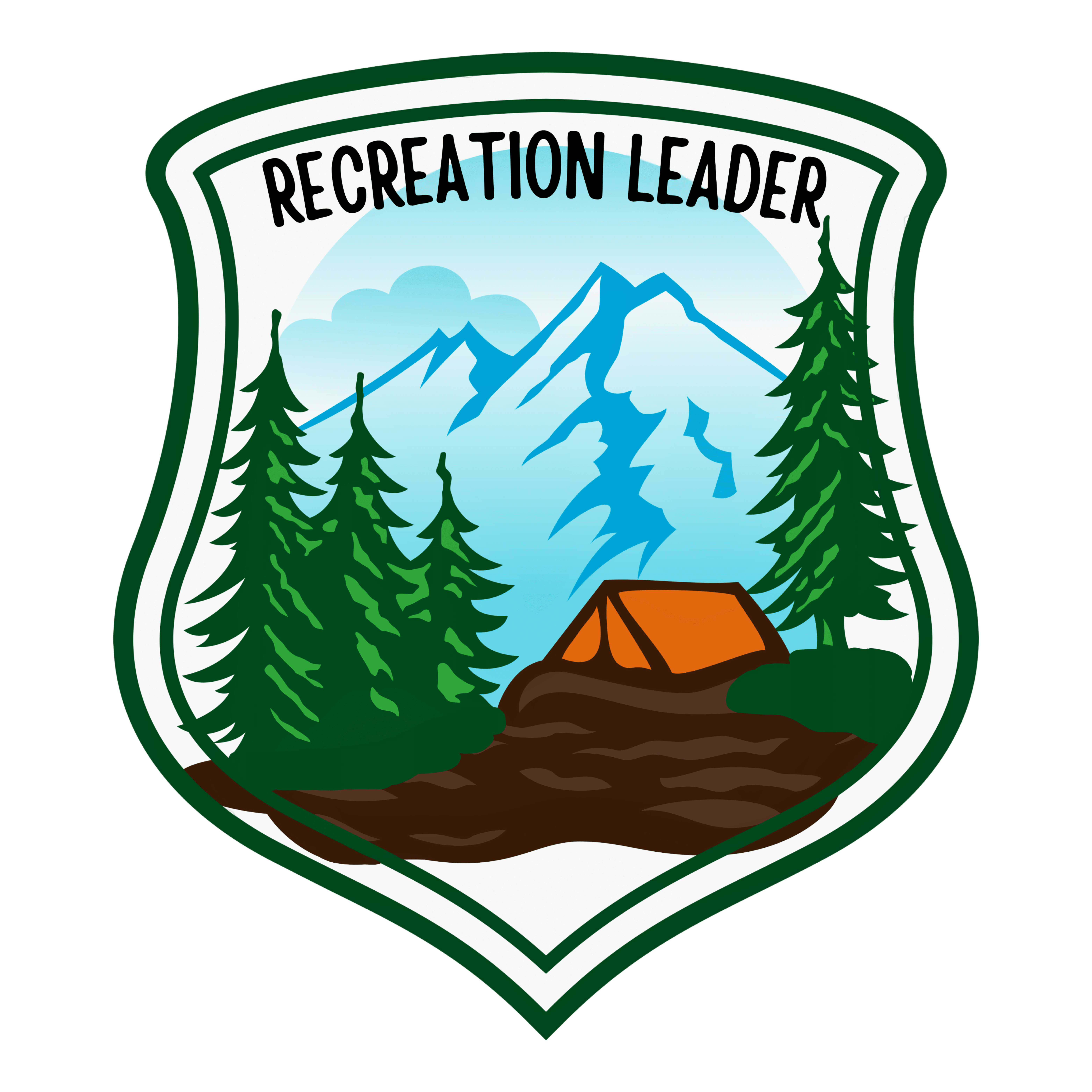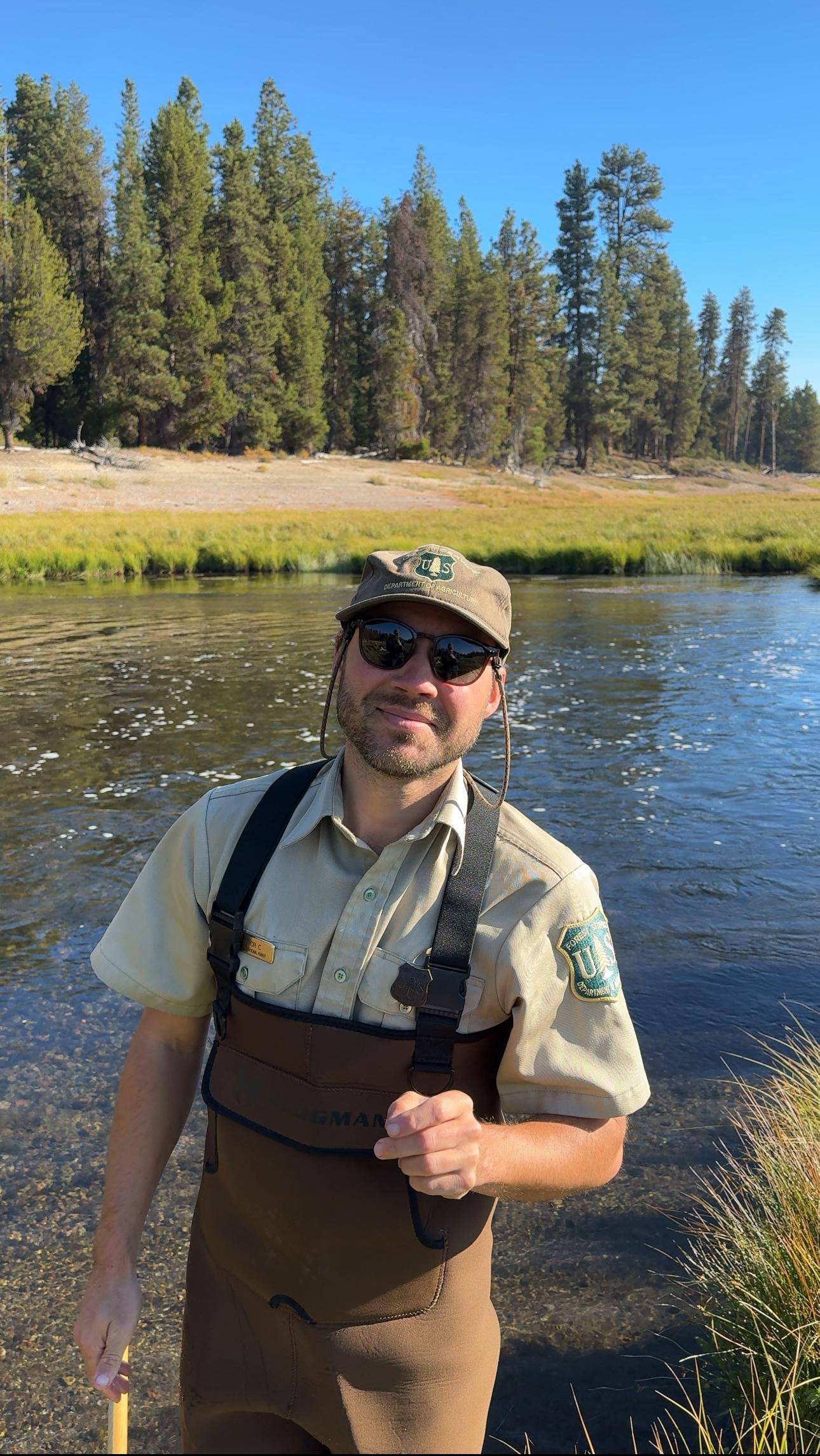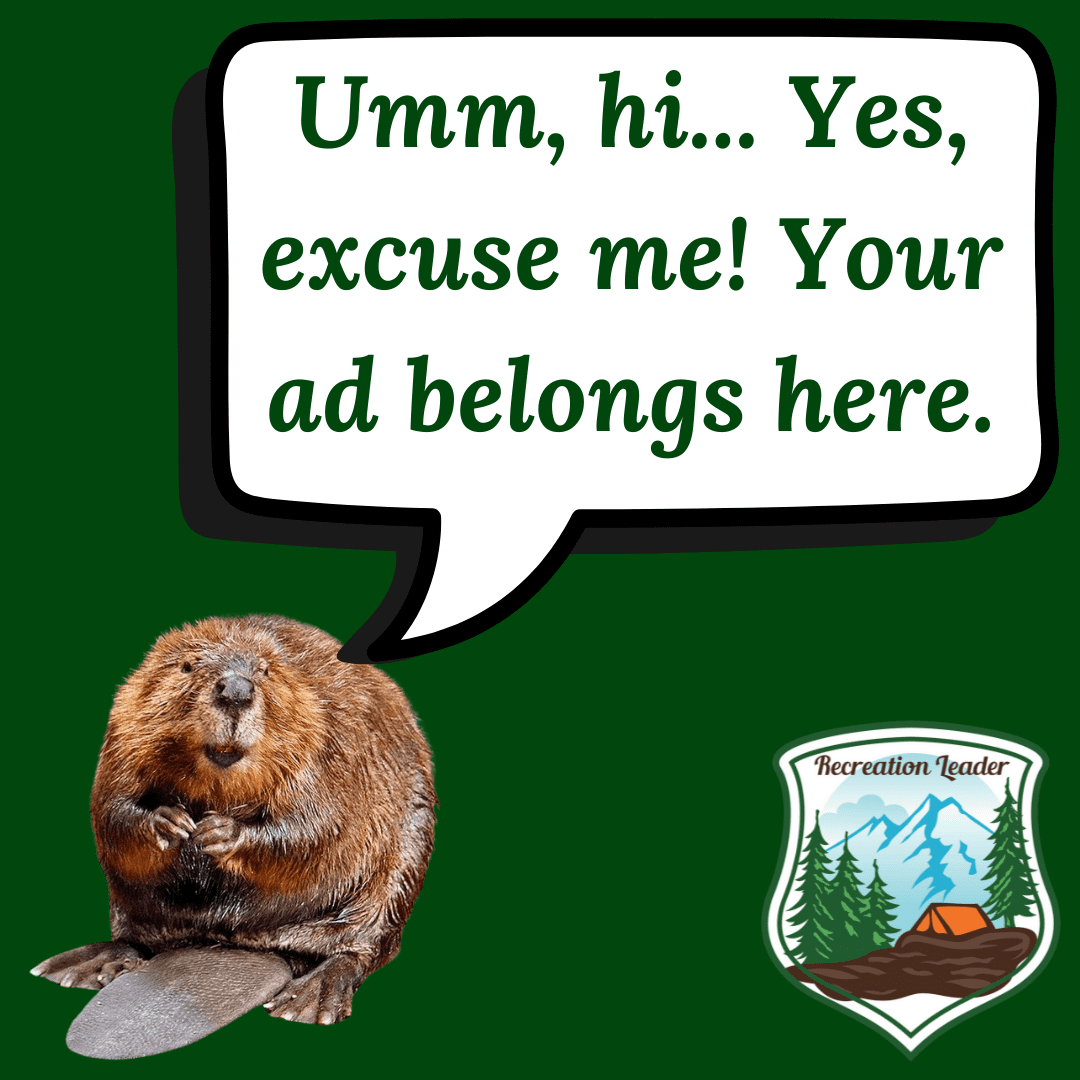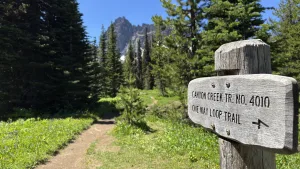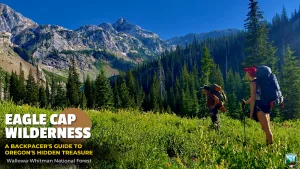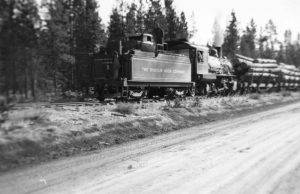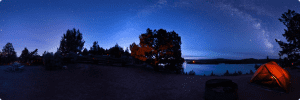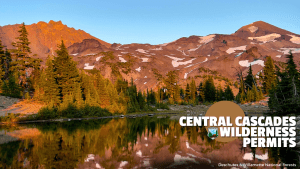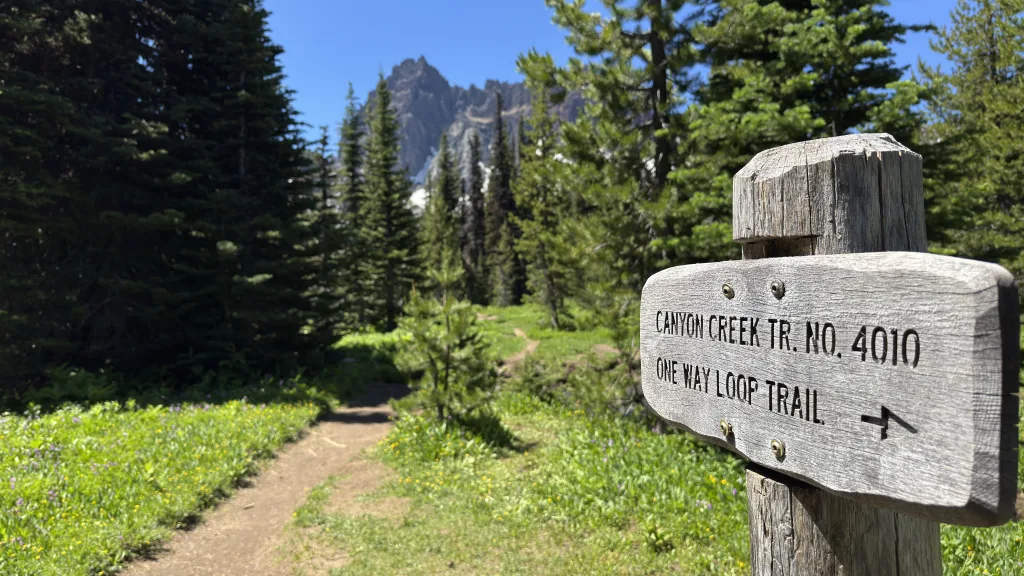
Experience breathtaking wildflowers, stunning views of Three Fingered Jack, rare mountain goat sightings, and a refreshing swim at Wasco Lake on the captivating Canyon Creek Meadows hike.
Quick Overview
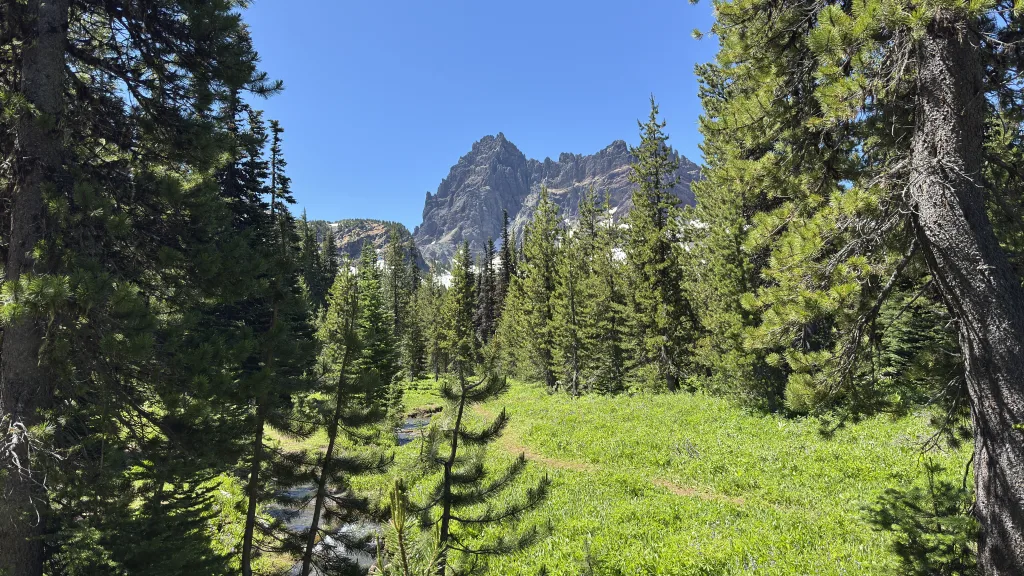
📍 Location: Mount Jefferson Wilderness, Deschutes National Forest, Oregon
🏙️ Closest Town: Sisters, Oregon
🅿️ Trailhead Access: Jack Lake Trailhead via Forest Roads 12, 1230, and 1234 (gravel & washboard sections)
💲 Parking Pass Requirements: Northwest Forest Pass or America the Beautiful Pass ($5/day or $30/season)
〽️ Elevation Gain: ~1,240–1,650 feet
🥾 Distance (round trip): ~7.5 miles (up to 9.1 with side trips)
🌄 Trail Difficulty: Moderate (some strenuous sections)
🚻 Restrooms: Vault toilet at trailhead
🌸 Best Season: July to September
📜 Permits: Central Cascades Wilderness Permit ($1–$6 via Recreation.gov)
🐶 Dog Policy: Leashed dogs allowed, though not recommended.
🧭 Route Type: Loop with optional side missions (clockwise required).
✅ Permits (Day & Overnight)
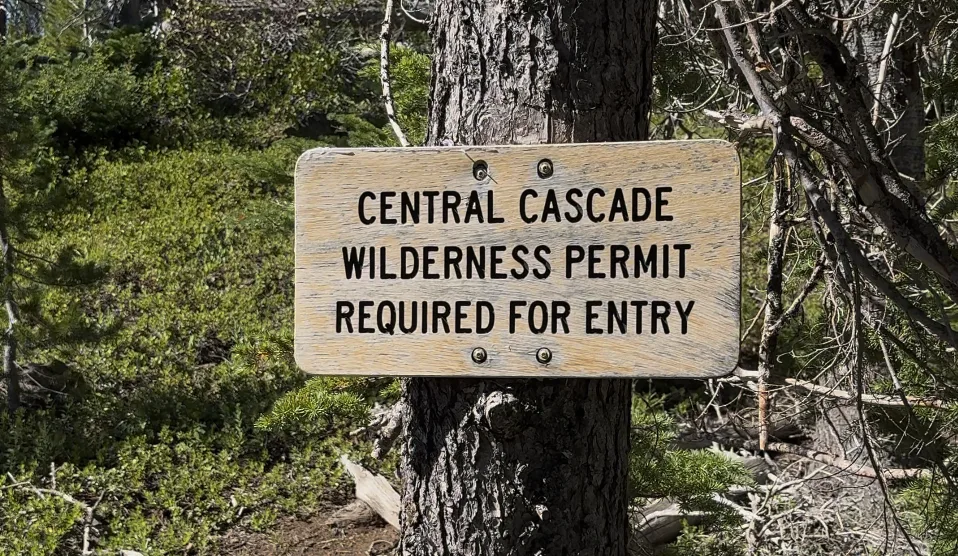
A Central Cascades Wilderness Permit is mandatory for accessing Canyon Creek Meadows, encompassing both day-use and overnight trips from June 15th through October 15th each year. This permit system is quota-based and reservation-only, meaning permits cannot be obtained directly at the trailhead or from Forest Service offices. Instead, all permits must be secured in advance through Recreation.gov by searching for “Central Cascades Wilderness”.
Day-use permits cost $1 per person per outing, while overnight permits are priced at $6 per group, which can consist of 1 to 12 individuals. Overnight permits are valid for a duration of up to 14 days, allowing extensive travel within a single wilderness area. Permits are date-specific and non-transferable, requiring the named permit holder to be present with their group throughout the entire outing.
To protect the delicate wilderness environment, strict rules regarding camping and fire apply. Camping is prohibited within 100 feet of water sources or trails. Furthermore, campfires are not permitted above 5,700 feet in elevation and at certain other lower elevation destinations within the wilderness area. Visitors are encouraged to practice Leave No Trace principles, including proper disposal of waste and packing out all trash.
✅ Directions (From Bend & Portland)
From Bend
To reach the Jack Lake Trailhead from Bend, begin by heading west on Highway 20 for approximately 33 miles [5]. Turn right onto Suttle Sherman Road, and after about 1 mile, make a left turn onto paved Jack Lake Road (Forest Road 12). Continue on Jack Lake Road for about 4.4 miles, then turn left onto the one-lane Forest Road 1230. Drive for approximately 1.5 to 1.6 miles until the pavement ends. At this point, fork left onto gravel Forest Road 1234, which is a washboard gravel surface. Follow this road as it twists, turns, and climbs for the next 5 to 6 miles until you reach the Jack Lake Trailhead parking area.
From Portland
From Portland, drive OR-126 East towards Bend for about 68.2 miles, then merge right onto US-20 East. Continue on US-20 East for 15.5 miles until you are approximately 8 miles east of Santiam Pass. Look for a sign indicating “Wilderness Trailheads” near milepost 88 and turn left onto paved Road 12. From here, follow the same directions as from Bend: continue for 3.7 to 4.4 miles on paved Jack Lake Road, turn left onto gravel Road 1230 for 1.5 miles, and then fork left onto gravel Road 1234, climbing 5 to 6 miles to the trailhead.
Road Conditions and Parking Tips
The final 5 to 6 miles of the access road (Forest Road 1234) are unpaved, consisting of washboard gravel with potentially rutted areas. While many sedans can successfully navigate this road, a high-clearance vehicle is recommended for a more comfortable journey. It is advisable to drive slowly and carefully, especially in low-clearance vehicles. The Jack Lake Trailhead parking lot is known to fill quickly, particularly on weekends during peak season. To secure a parking spot, it is highly recommended to arrive early, ideally before 9:00 AM. A Northwest Forest Pass or America the Beautiful Pass is required for parking and should be displayed. The parking area provides a vault toilet, but there is no potable water available.
✅ What to Pack
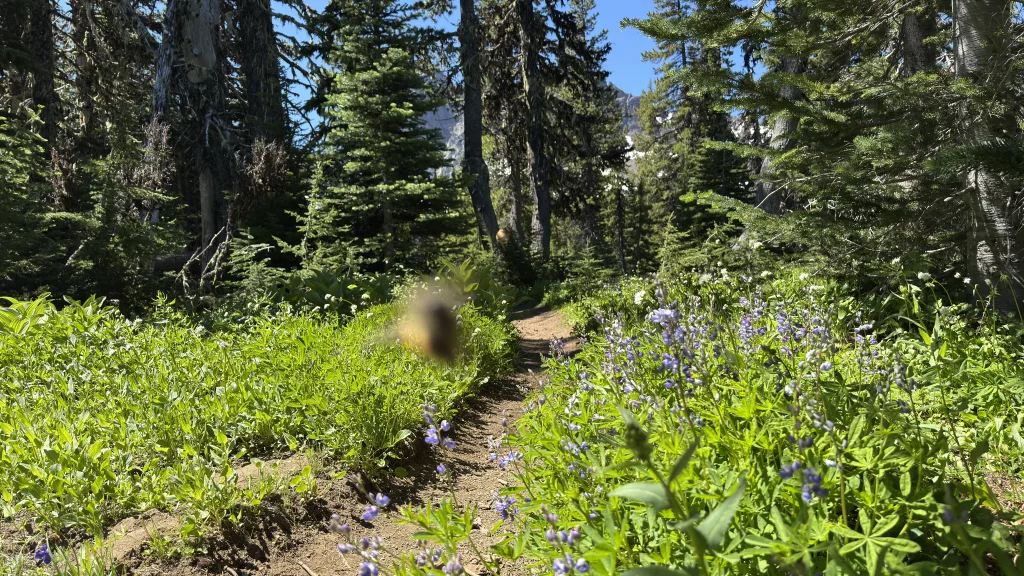
For a safe and enjoyable experience on the Canyon Creek Meadows hike, proper gear is essential for both day hikers and overnight backpackers.
For Day Hikers:
* Footwear: Sturdy hiking boots or trail runners are highly recommended to navigate the varied terrain, which includes rocky, exposed, and potentially wet or snowy sections, especially towards the upper meadows and cirque lake. Trekking poles are advisable for stability on steep, loose scree sections, particularly when climbing to the upper viewpoint and during descent.
* Water: Carry plenty of water, as there is no potable water available at the trailhead or reliably along the trail. Consider a durable hiking water bottle made from stainless steel or aluminum for hydration .
* Snacks: Pack energy-rich, lightweight snacks such as trail mix, which can include almonds, corn nuts, dried bananas, and other dried fruits, to maintain energy levels throughout the moderate to difficult hike.
* Sun Protection: Apply broad-spectrum sunscreen with an SPF of 30 or higher, reapplying as needed throughout the hike. Complement this with a wide-brimmed hat for face and neck protection and UV-protective sunglasses. Consider wearing a UV-protective long-sleeve shirt for added coverage.
* Layers: Be prepared for changing weather conditions by dressing in layers, including moisture-wicking base layers, insulating mid-layers (like fleece), and a lightweight, breathable waterproof outer shell for wind or rain protection.
* Navigation: Carry a detailed trail map or use a GPS app with downloaded offline maps for the Canyon Creek Meadows loop, as some sections may lack clear signage and snow can obscure the trail, making route finding challenging.
* Insect Repellent: Mosquitoes can be very active, especially during peak wildflower season (July-August) and near water sources. Use effective insect repellents containing DEET or Picaridin, and consider permethrin-treated clothing for enhanced protection.
For Overnight Backpackers:
* Tent: A lightweight and durable backpacking tent is recommended to withstand variable mountain weather conditions.
* Sleeping System: Include a 3-season sleeping bag or quilt, rated for temperatures appropriate for mountain nights, along with an inflatable or closed-cell foam sleeping pad for insulation and comfort.
* Food Storage: Utilize bear-resistant food containers or heavy-duty dry bags (I use a Ursack) to protect food from wildlife, especially when camping in wilderness areas .
* Water Filter: A reliable, lightweight water filter or purification method is crucial, given that water sources along the trail are natural [12]. Popular options include the Sawyer Squeeze (for good flow rate and durability), Katadyn BeFree (for ultralight and easy cleaning), or Platypus GravityWorks (convenient for groups).
* Headlamp: A bright and reliable headlamp with adjustable brightness settings is essential for nighttime activities, campsite navigation, or early morning starts.
* Emergency Gear: A comprehensive emergency kit should include a well-stocked first aid kit tailored for backpacking. Additionally, pack a fire starter (such as waterproof matches or a stormproof lighter), an emergency heat-reflective blanket or bivvy, a multi-tool or knife, and a whistle for signaling.
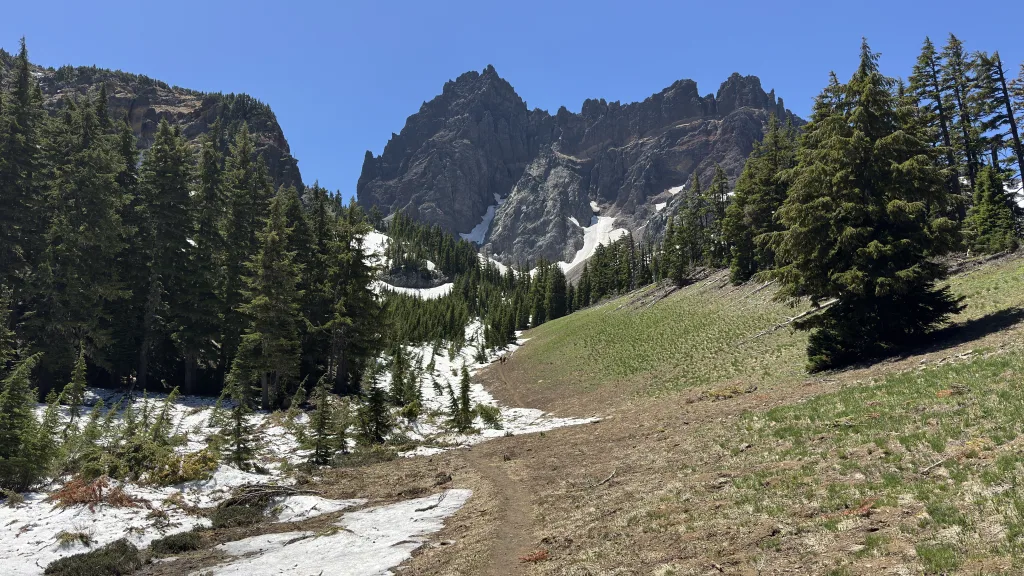
✅ Trail Description – What to Expect
The Canyon Creek Meadows hike, located within the Mt. Jefferson Wilderness, offers a rich and varied landscape, typically covering 7.5 to 9 miles with an elevation gain of around 1,560 to 1,650 feet, peaking near 6,485 to 6,490 feet. The journey begins at the Jack Lake Trailhead, at an elevation of approximately 5,100 feet, leading through terrain that shifts from sections impacted by the 2003 B&B Complex Fire to lush alpine meadows.
Trail Conditions and Terrain

The trail presents a mix of conditions, from gentle forested paths and shaded areas composed of lodgepole pine, fir, and hemlock stands, to more exposed, steep, and rocky sections. A significant portion of the trail winds beside Canyon Creek, offering lush, green scenery. The ascent to the upper meadow and the viewpoint saddle near Three Fingered Jack can be particularly challenging, featuring loose scree and crumbly slopes that necessitate careful footing. While some areas might be muddy or retain snow earlier in the season, the trail is generally clear during peak summer and early fall.
Notable Landmarks and Navigation Tips

The hike typically starts by skirting the east side of Jack Lake. About 0.3 to 0.4 miles in, you will reach a junction that marks the beginning of the loop. The Forest Service enforces hiking the loop clockwise to reduce trail congestion and minimize environmental impact. Following this requirement, you will bear left at the junction, climbing gradually through wooded areas and passing two small ponds. Approximately 1.7 miles from this junction, you will reach the Lower Canyon Creek Meadow, known for its vibrant wildflowers.
From the Lower Meadow, the trail continues climbing towards Three Fingered Jack, passing several more lush meadows. About a mile further, you will arrive at the Upper Canyon Creek Meadow, a flat area directly beneath Three Fingered Jack’s summit. For those seeking more challenge and breathtaking vistas, an optional side trip continues for another half-mile to an overlook above a turquoise glacial cirque lake, and then to a saddle on Three Fingered Jack’s east shoulder. This scramble adds about 1 mile and 500 feet of elevation gain, but rewards with panoramic views of Mount Jefferson to the north and Mount Washington and the Three Sisters to the south. Junctions are generally well-marked, but carrying a detailed map or using a GPS device with downloaded maps is advisable for less distinct spur trails.
Best Photo Spots and Wildflower Bloom Window

The Lower and Upper Canyon Creek Meadows are prime locations for photography, especially during the peak wildflower season. Here, you can capture fields of lupine, red paintbrush, and blooming bear grass, with the dramatic backdrop of Three Fingered Jack’s craggy spires. The best time for peak wildflower viewing is from mid-July to early August. The viewpoint saddle also offers incredible panoramic photo opportunities of the surrounding Cascade peaks.
Mountain Goat Sightings
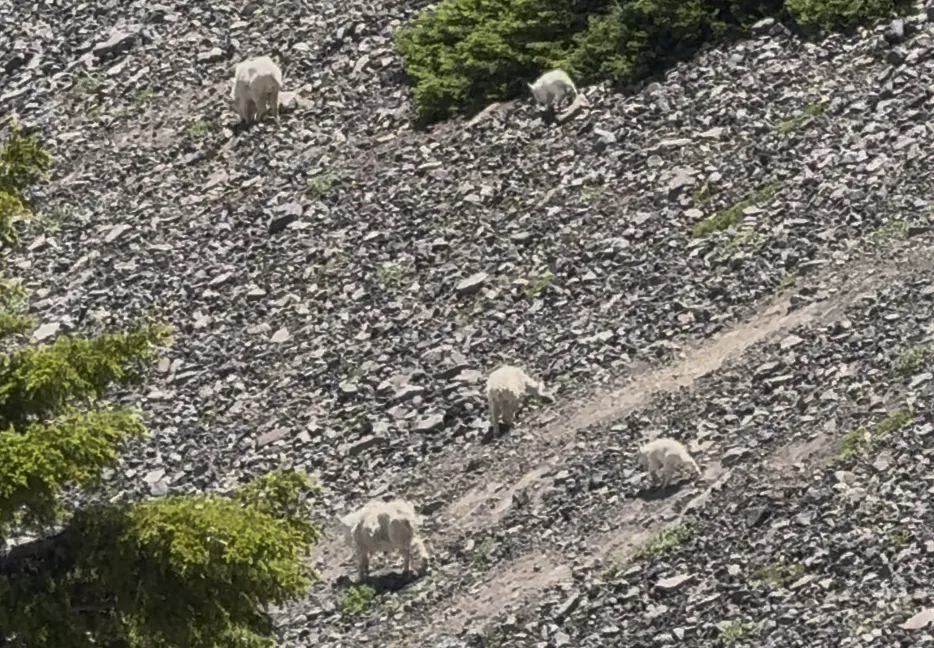
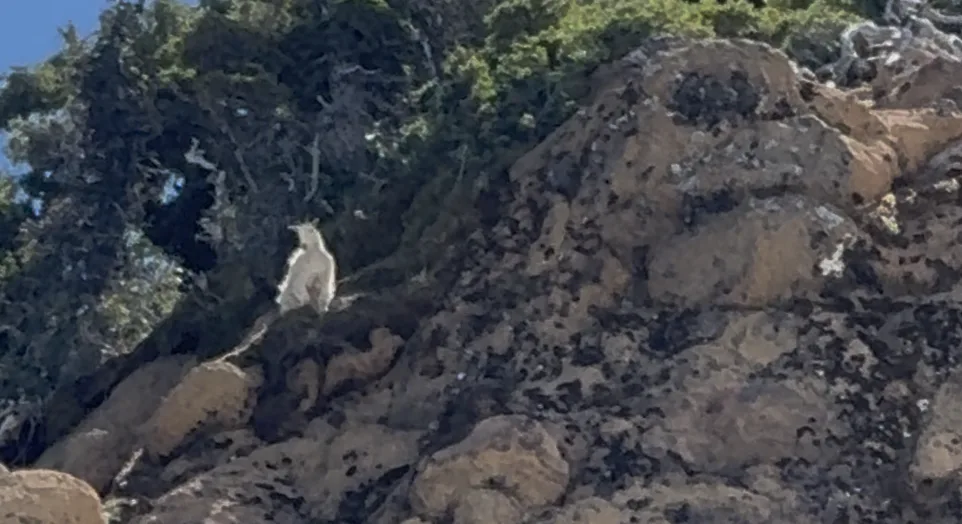
Mountain goats, which were reintroduced to Oregon after being eradicated in the 19th century, are often sighted on the steep cliffs near Three Fingered Jack. Hikers commonly spot these animals on ledges beneath the jagged cliffs on hikers left leading up to the volcano, particularly near the upper meadow and shoulder/saddle area. If you hike on the saddle, the goats also like to hang out just below the saddle to the right on the opposite side from which you came.
Wasco Lake Swimming Conditions
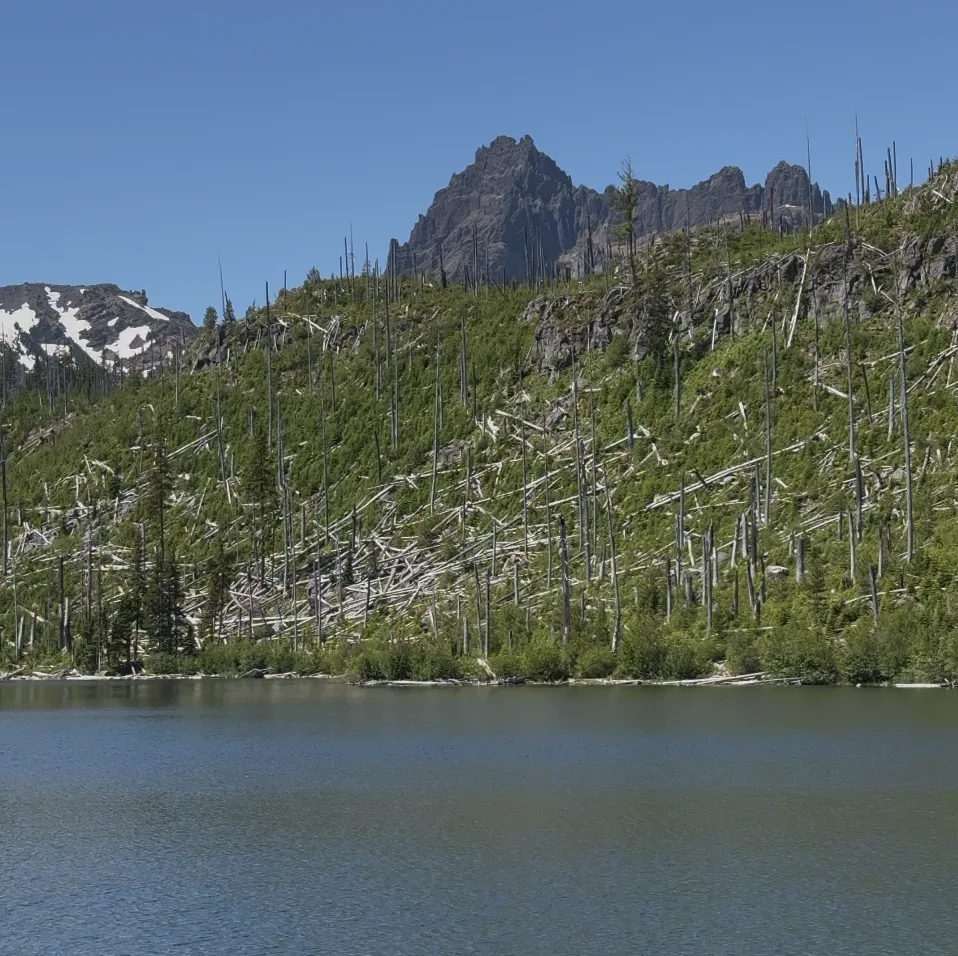
After returning from the upper viewpoints, the loop trail descends along Canyon Creek, passing small waterfalls and a beaver marsh. For a refreshing bonus detour, take a 0.7-mile spur trail to Wasco Lake, about 0.5 miles from the Pacific Crest Trail. Wasco Lake offers an excellent opportunity to cool off during a hot summer day. The lake’s waters are clear and swimmable, providing a tranquil escape. The area around Wasco Lake has pockets of trees and campsites are still present.
Trail Restrictions
To ensure the preservation of this popular area, specific trail restrictions are in place. Hikers are required to hike clockwise on the loop to mitigate congestion and impact. It is crucial to stay on designated trails to protect the fragile meadows and wildflowers. Campfires are strictly prohibited above 5,700 feet elevation and in certain other designated low-elevation areas to prevent wildfires (see info at trailhead). Camping is not allowed within 100 feet of water sources or trails, and hikers should avoid setting up camp on fragile meadow vegetation. Thanks for packing out your micro-trash. A Central Cascades Wilderness Permit is required, and rangers regularly patrol the area to check for compliance.
✅ RESPECT Through Recreation
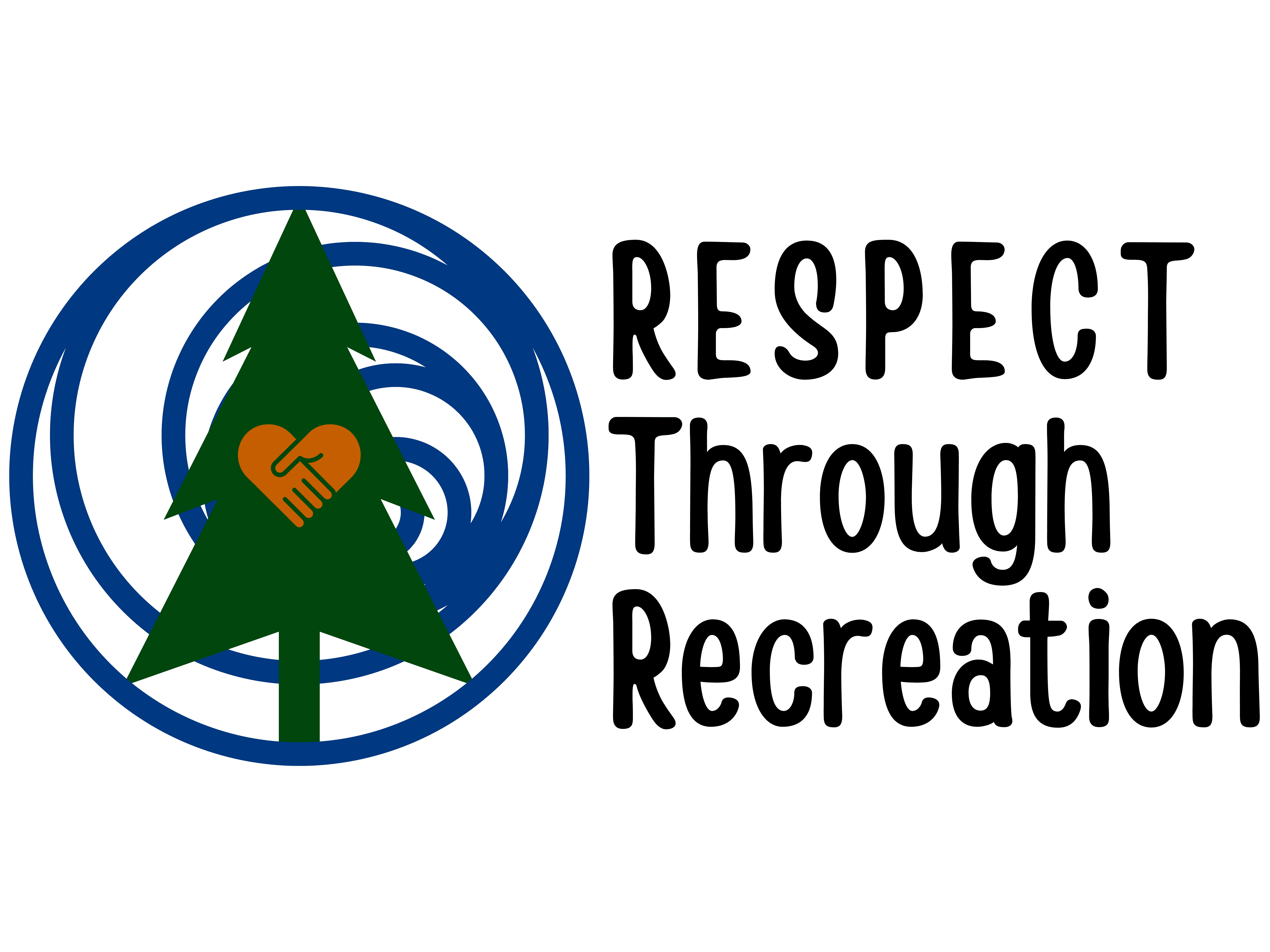
R – Root Yourself in Recreation
Before embarking on your Canyon Creek Meadows adventure, thoroughly prepare by researching the trail conditions, weather forecasts, and necessary permits. Embrace the journey with curiosity and passion, allowing the wilderness to guide your exploration and provide a profound connection with nature.
E – Engage Your Senses
As you traverse the meadows and ascend towards Three Fingered Jack, immerse yourself fully in the natural symphony around you. Listen to the rustling of leaves, the babbling of Canyon Creek, and the calls of diverse wildlife. Witness the vibrant hues of the wildflowers and feel the varied textures of the trail, transforming your hike into a meditative and enriching experience.
S – Share Your Experience
After your remarkable journey through Canyon Creek Meadows, share your adventures to inspire others and foster a sense of community around outdoor appreciation. Whether through captivating photos of mountain goats or written accounts of wildflower blooms, sharing helps advocate for the preservation of these magnificent wild spaces.
P – Practice Connection to Place
Take a moment to truly appreciate the history and ecological significance of the Mt. Jefferson Wilderness, from the resilience of the landscape after the 2003 B&B Complex Fire to the ancient glaciers that shaped its dramatic peaks. This mindful appreciation encourages respectful engagement with the natural world and motivates responsible stewardship.
E – Express Gratitude
Before and after your hike, acknowledge & thank the volunteer groups that take care of this Wilderness so you can enjoy it. Express gratitude for the natural beauty that surrounds you and for the ongoing efforts of those who work to maintain and protect these invaluable wild spaces for future generations.
C – Cultivate Community
Foster a supportive environment on the trail by engaging with fellow hikers, sharing insights, and promoting RESPECT. By collectively contributing to a shared ethos of care and respect, we strengthen the outdoor community and ensure that everyone can enjoy these natural wonders.
T – Teach RESPECT
Lead by example in practicing and advocating for RESPECT. Doing so you contribute to the enduring vibrancy and accessibility of Canyon Creek Meadows for all.
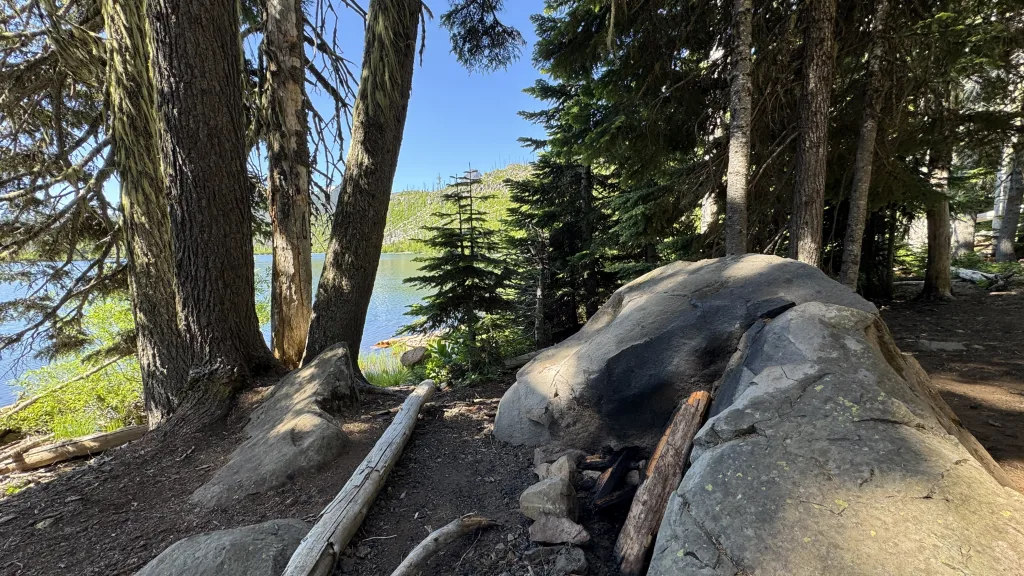
⚠️ Trail Alerts
* ⚠️ Trail Alerts: For the most current information on trail conditions, closures, snowpack, and fire restrictions, always check official sources. The Deschutes National Forest provides updates for the Jack Lake Trailhead and the Mt. Jefferson Wilderness area. Additionally, visit Recreation.gov for permit information and any associated alerts.

Tags
Canyon Creek Meadows hike, Oregon hiking trails, Three Fingered Jack mountain, wildflower hikes Oregon, Mount Jefferson Wilderness, Central Cascades Wilderness Permit, Wasco Lake swimming, mountain goat sightings, alpine meadow hikes, Oregon outdoor adventures, hiking with dogs allowed, scenic Oregon trails, backpacking Oregon, wilderness permits Oregon, hiking etiquette, Oregon nature photography, family hiking trails, seasonal hiking Oregon, trail conditions Oregon, hiking gear recommendations
